
Agile Virtual Summit
The Truth about Agile
Chances are, if you’ve been in the software development industry for any amount of time, you’ve heard the word “Agile” thrown around a time or two. Perhaps you’ve been part of an “Agile Transformation” or you have attended a certification course for Scrum or Kanban.
In the 20 years since the Manifesto for Agile Software Development was drafted, “Agile” has taken on a life of its own. But what is “Agile” really, and what does it mean for you? Is it story points and two week deadlines? Is it kumbaya and “soft skills”? In this talk, we’ll get into some real truths and real talk about what it means to be agile in today’s changing world.

WomenTech Global Conference
Leader, Tell Your Story
From the classroom to the boardroom, our world is hungry for emerging courageous and authentic leaders. This type of empathetic leader is necessary to our vision for an inclusive, diverse, and progressive future. Too often, potential leaders are discouraged from stepping up because they imagine a divide that exists between them and current leaders - a veritable “haves and have-nots”. That divide is created and furthered by the image that leaders are masculine, invulnerable, and unafraid, that they are not “like me”. Through sharing real stories and asking powerful questions, I invite tomorrow’s leaders to see the humanity in those who came before them - and the magic within them - inspiring them to see themselves in our future. The giants before us- and those we will be.

SLOConf
Agile + DevOps Walk into a Bar
An Agility Exec and a DevOps Exec talk about the intersection of agile, DevOps, and metrics over a virtual "beer". In this 10 minute convo, we chat about the definitions of DevOps and agile and how metrics can play a part in showing leadership and teams where they can improve. Are your metrics acting as a window or a mirror?
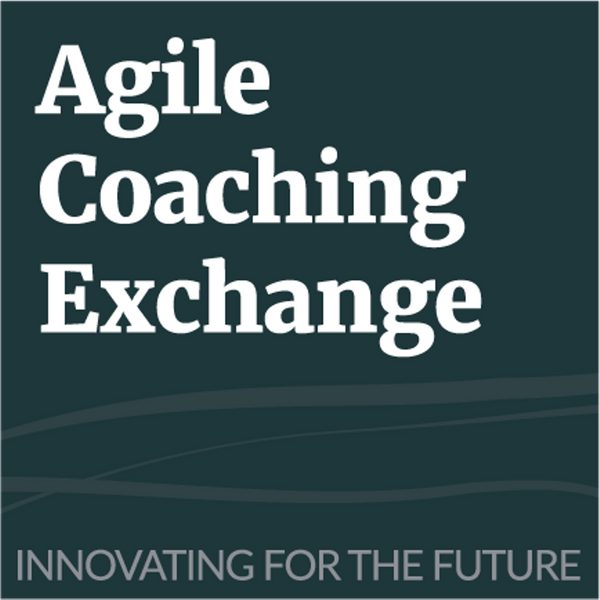
Agile Coaching Exchange
Coach to CEO and Back
As a Certified Enterprise Coach called upon to lead the organization I served, I have stood on the boundary of coach and CEO, and I have seen the beauty and complexity of both at the same time. My story is a cautionary tale and an invitation to powerful coaching all wrapped in one.
We’ll talk about the courage required to be either a coach or a CEO, and I’ll invite you to step into the other’s shoes for a moment. Together, we’ll explore our beliefs about the relationship between coaching and organizational leadership - in order to increase our competency in both.
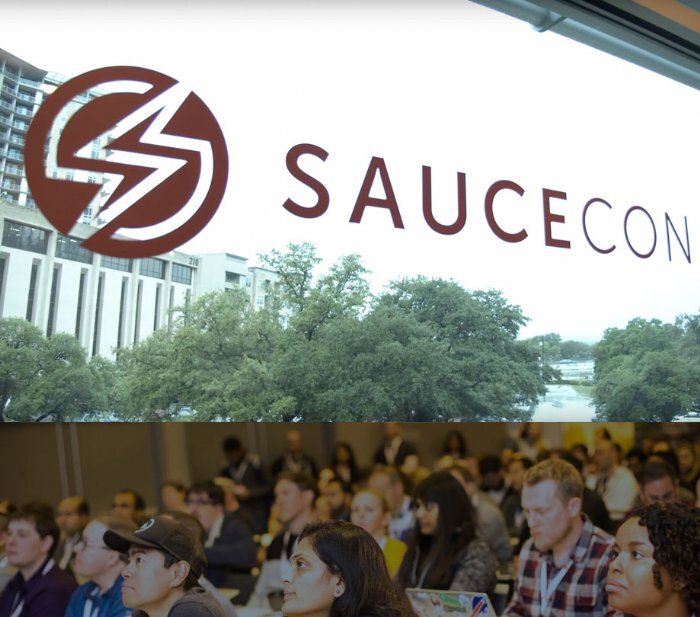
SauceCon
The Truth about Agile
Chances are, if you’ve been in the software development industry for any amount of time, you’ve heard the word “Agile” thrown around a time or two. Perhaps you’ve been part of an “Agile Transformation” or you have attended a certification course for Scrum or Kanban. In the 20 years since the Manifesto for Agile Software Development was drafted, “Agile” has taken on a life of its own. But what is “Agile” really, and what does it mean for you? Is it story points and two week deadlines? Is it kumbaya and “soft skills”? In this talk, we’ll get into some real truths and real talk about what it means to be agile in today’s changing world.
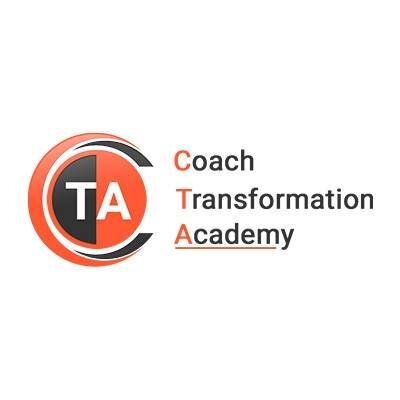
Coach Transformation Academy
Coach to CEO and Back
As a Certified Enterprise Coach called upon to lead the organization I served, I have stood on the boundary of coach and CEO, and I have seen the beauty and complexity of both at the same time. My story is a cautionary tale and an invitation to powerful coaching all wrapped in one.
We’ll talk about the courage required to be either a coach or a CEO, and I’ll invite you to step into the other’s shoes for a moment. Together, we’ll explore our beliefs about the relationship between coaching and organizational leadership - in order to increase our competency in both.

Agile Expert Club
The Stories We Tell Ourselves: The Power of Storytelling in Cultural Change
Our traditions, habits, and behaviors are heavily influenced by the stories we are told, and those we tell ourselves. Therefore, it can be said that culture is built one story at a time. If your agile transformation has reached a plateau, is it possible that you simply have a storytelling problem? In this talk, we will discuss the power of storytelling, how to identify stories to be told, and how to tell them in a way that makes a difference.
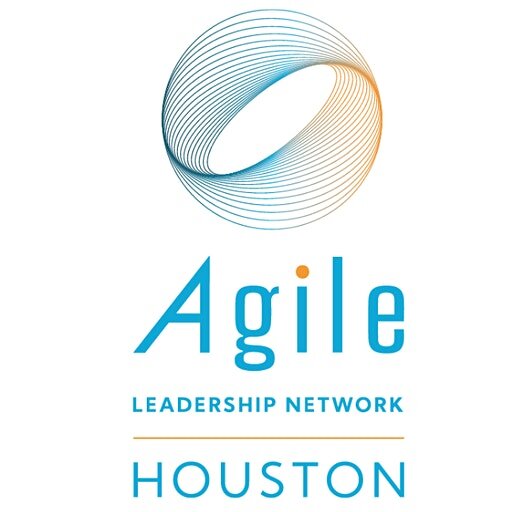
Houston Agile Leadership Network
The State of Agility Panel
Organizational and business agility has evolved ever since the Agile Manifesto was introduced in 2001. If anything we live in more volatile, uncertain, complex and ambiguous times than we ever have before. Join us here at the Agile Leadership Network - Houston chapter as we hear from a panel of experts such as Kerri Sutey, Alistair Cockburn, Melissa Boggs, Todd Little, and many others sharing their perspective on: The State of Agility in 2020.

WBECS Summit
From Coach to CEO and Back
As a Certified Enterprise Coach called upon to lead the organization I served, I have stood on the boundary of coach and CEO, and I have seen the beauty and complexity of both at the same time. My story is a cautionary tale and an invitation to powerful coaching all wrapped in one.
We’ll talk about the courage required to be either a coach or a CEO, and I’ll invite you to step into the other’s shoes for a moment. Together, we’ll explore our beliefs about the relationship between coaching and organizational leadership - in order to increase our competency in both.
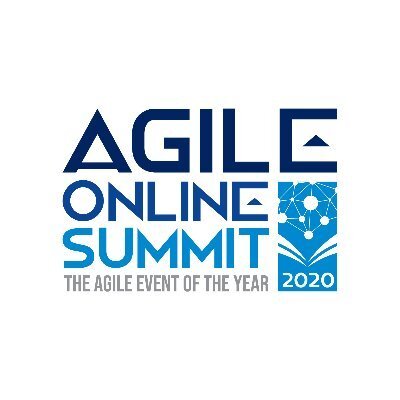
Agile Online Summit
The Stories We Tell Ourselves: The Power of Storytelling in Cultural Change
Our traditions, habits, and behaviors are heavily influenced by the stories we are told, and those we tell ourselves. Therefore, it can be said that culture is built one story at a time. If your agile transformation has reached a plateau, is it possible that you simply have a storytelling problem? In this talk, we will discuss the power of storytelling, how to identify stories to be told, and how to tell them in a way that makes a difference.
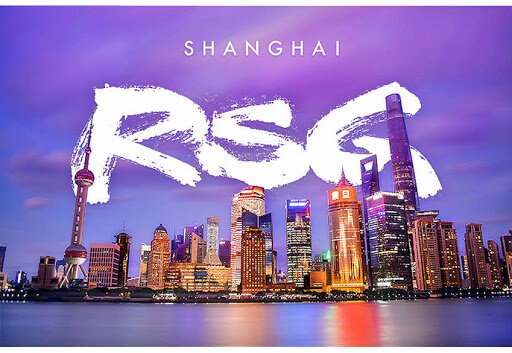
Regional Scrum Gathering Shanghai
Exhaustion is Not a Status Symbol
In the world of Scrum software development, it is all too easy to get caught up in pumping out user stories and increasing velocity sprint after sprint, but what does that type of hamster wheel mentality do to us physically, mentally, and spiritually? For that matter, what impact does it have on our products? Are we building fast things, or the right things? Are we making time to dream up big, new ideas and/or to build a cohesive team around our mission? In this discussion, we will explore the dangers of exhaustion as a status symbol -- for our organizational culture, our teams, and ourselves. We will discuss the specific risks of inadvertently creating a competitive exhausted culture within an agile transformation, and the ways in which we can leverage the agile values and principles in order to mitigate those risks. Lastly, we will take a look inward to assess our own attitudes and views about work life balance.
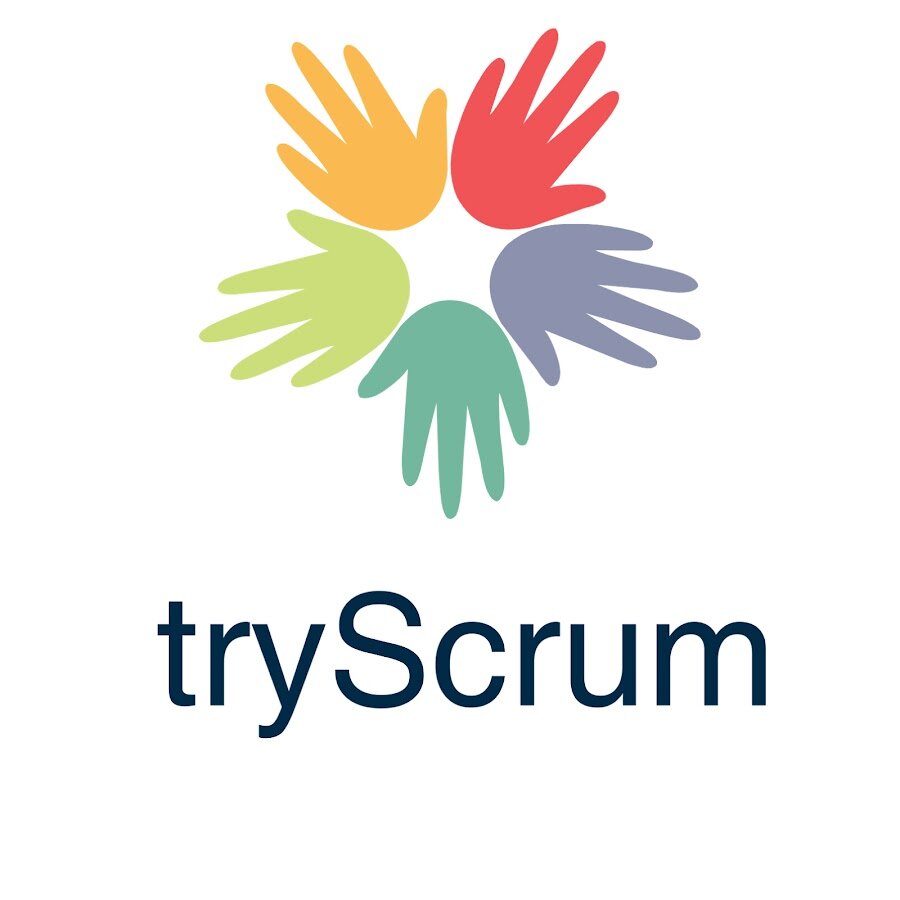
TryScrum Webinar
The Stories We Tell Ourselves: The Power of Storytelling in Cultural Change
Our traditions, habits, and behaviors are heavily influenced by the stories we are told, and those we tell ourselves. Therefore, it can be said that culture is built one story at a time. If your agile transformation has reached a plateau, is it possible that you simply have a storytelling problem? In this talk, we will discuss the power of storytelling, how to identify stories to be told, and how to tell them in a way that makes a difference.

Agile100
Courage. Empathy. Creativity: The Complexity of Agile Leadership
Leadership begins with the alignment of personal values and organizational values, and agile leadership calls us to a deeper, more complex relationship with those values.

Business Agility Conference 2020
Once Upon an Agile Organization
Scrum Alliance's Howard Sublett and Melissa Boggs found themselves at their own crossroads last year. Customers were losing confidence in the organization, great ideas were lost in a maze of hierarchy, and some team members felt unable to creatively problem solve. They were faced with a choice: to continue down the same road, or re-think the organization's way of working.
Throughout 2019, Howard and Melissa led Scrum Alliance through a complete restructure into cross-functional and community-centric teams. The organization was flattened to eliminate red tape and place decision making with those closest to the customer. They also completely re-envisioned the hiring process.
At Business Agility 2020, they shared their story candidly, including their transition to a paired leadership style, the move to shared responsibility, and how to view opportunities through different lenses to spark creativity.

HR Congress
The Stories We Tell Ourselves: The Power of Storytelling in Cultural Change
Our traditions, habits, and behaviors are heavily influenced by the stories we are told, and those we tell ourselves. Therefore, it can be said that culture is built one story at a time. If your agile transformation has reached a plateau, is it possible that you simply have a storytelling problem? In this talk, we will discuss the power of storytelling, how to identify stories to be told, and how to tell them in a way that makes a difference.

Agile + DevOps West 2019
Exhaustion is Not a Status Symbol
In the world of Scrum software development, it is all too easy to get caught up in pumping out user stories and increasing velocity sprint after sprint, but what does that type of hamster wheel mentality do to us physically, mentally, and spiritually? For that matter, what impact does it have on our products? Are we building fast things, or the right things? Are we making time to dream up big, new ideas and/or to build a cohesive team around our mission? In this discussion, we will explore the dangers of exhaustion as a status symbol -- for our organizational culture, our teams, and ourselves. We will discuss the specific risks of inadvertently creating a competitive exhausted culture within an agile transformation, and the ways in which we can leverage the agile values and principles in order to mitigate those risks. Lastly, we will take a look inward to assess our own attitudes and views about work life balance.

LeanAgileUS
Exhaustion is Not a Status Symbol
In the world of Scrum software development, it is all too easy to get caught up in pumping out user stories and increasing velocity sprint after sprint, but what does that type of hamster wheel mentality do to us physically, mentally, and spiritually? For that matter, what impact does it have on our products? Are we building fast things, or the right things? Are we making time to dream up big, new ideas and/or to build a cohesive team around our mission? In this discussion, we will explore the dangers of exhaustion as a status symbol -- for our organizational culture, our teams, and ourselves. We will discuss the specific risks of inadvertently creating a competitive exhausted culture within an agile transformation, and the ways in which we can leverage the agile values and principles in order to mitigate those risks. Lastly, we will take a look inward to assess our own attitudes and views about work life balance.

Toronto Agile Conference
Don’t Panic: Stories of Cultural Change
You can’t attend an agile conference these days without hearing about organizational culture. Cultural change is not optional for most organizations that want to become more agile. Agility requires a mindset that means many will have to change their traditions, habits, and behaviors.
But culture is difficult to work with. It’s intimidating; We begin to panic, asking ourselves: “Why do I feel powerless to affect change in my organization? What does it say about me or my org? What does it say about the likelihood of me being able to make these positive shifts outside my team?” and ultimately we may talk ourselves out of any change at all.
However, we can inspire others to see the value in the change. Creating sustainable cultural change means creating a movement within your organization, and this is done one story, one experience at a time. Learn how to recognize your existing culture, identify the areas that require evolution, and create a movement that inspires change.

Toronto Agile Conference
Exhaustion is Not a Status Symbol
In the world of Scrum software development, it is all too easy to get caught up in pumping out user stories and increasing velocity sprint after sprint, but what does that type of hamster wheel mentality do to us physically, mentally, and spiritually? For that matter, what impact does it have on our products? Are we building fast things, or the right things? Are we making time to dream up big, new ideas and/or to build a cohesive team around our mission? In this discussion, we will explore the dangers of exhaustion as a status symbol -- for our organizational culture, our teams, and ourselves. We will discuss the specific risks of inadvertently creating a competitive exhausted culture within an agile transformation, and the ways in which we can leverage the agile values and principles in order to mitigate those risks. Lastly, we will take a look inward to assess our own attitudes and views about work life balance.
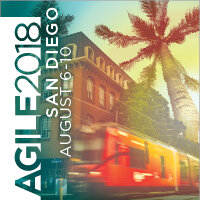
Agile 2018
Lowering the Water Line of Your Culture Iceberg with MVV
Use Mission, Vision, and Values to build a healthy agile culture you can lean into when the tide rolls.
There is frequent discussion about how a healthy agile culture is imperative to the agile transformation, but how do we develop or grow that culture with intention? This talk discusses how the development of a Mission, Vision, and Values statement can become the foundation for a healthy agile culture, and a lifesaver when the going gets tough. Using real world examples from software and the classroom, I will discuss how Mission, Vision, and Values are the first step toward creating organizational alignment that is necessary to enable agility and the self-organization of teams. I will also talk about how we can lean into that culture (instead of our old habits!) when teams are struggling, deadlines are looming, or we feel like we are sinking in the face of criticism or doubt.

Agile & Beyond 2018
Exhaustion is Not a Status Symbol
In the world of Scrum software development, it is all too easy to get caught up in pumping out user stories and increasing velocity sprint after sprint, but what does that type of hamster wheel mentality do to us physically, mentally, and spiritually? For that matter, what impact does it have on our products? Are we building fast things, or the right things? Are we making time to dream up big, new ideas and/or to build a cohesive team around our mission? In this discussion, we will explore the dangers of exhaustion as a status symbol -- for our organizational culture, our teams, and ourselves. We will discuss the specific risks of inadvertently creating a competitive exhausted culture within an agile transformation, and the ways in which we can leverage the agile values and principles in order to mitigate those risks. Lastly, we will take a look inward to assess our own attitudes and views about work life balance.

Agile Indy 2018
Exhaustion is Not a Status Symbol
In the world of Scrum software development, it is all too easy to get caught up in pumping out user stories and increasing velocity sprint after sprint, but what does that type of hamster wheel mentality do to us physically, mentally, and spiritually? For that matter, what impact does it have on our products? Are we building fast things, or the right things? Are we making time to dream up big, new ideas and/or to build a cohesive team around our mission? In this discussion, we will explore the dangers of exhaustion as a status symbol -- for our organizational culture, our teams, and ourselves. We will discuss the specific risks of inadvertently creating a competitive exhausted culture within an agile transformation, and the ways in which we can leverage the agile values and principles in order to mitigate those risks. Lastly, we will take a look inward to assess our own attitudes and views about work life balance.
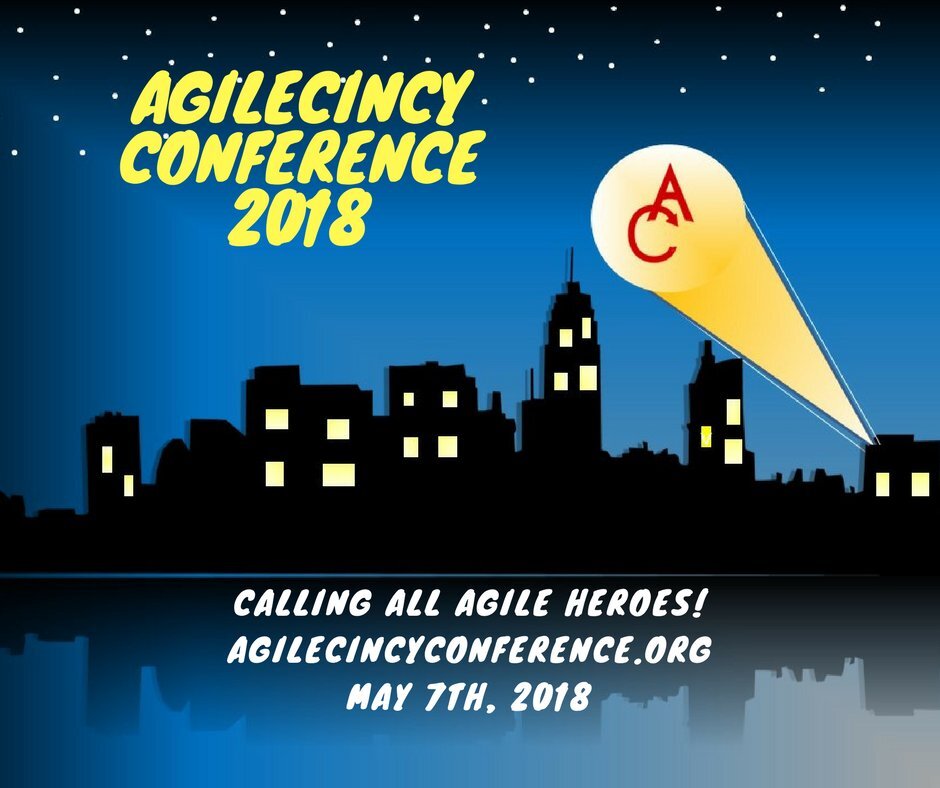
Agile Cincy 2018
Exhaustion is Not a Status Symbol
In the world of Scrum software development, it is all too easy to get caught up in pumping out user stories and increasing velocity sprint after sprint, but what does that type of hamster wheel mentality do to us physically, mentally, and spiritually? For that matter, what impact does it have on our products? Are we building fast things, or the right things? Are we making time to dream up big, new ideas and/or to build a cohesive team around our mission? In this discussion, we will explore the dangers of exhaustion as a status symbol -- for our organizational culture, our teams, and ourselves. We will discuss the specific risks of inadvertently creating a competitive exhausted culture within an agile transformation, and the ways in which we can leverage the agile values and principles in order to mitigate those risks. Lastly, we will take a look inward to assess our own attitudes and views about work life balance.

Global Scrum Gathering Minneapolis 2018
Agile Lighthouse: Building the Right Culture Can Save Your Agile Transformation
Use Mission, Vision, and Values to build a healthy agile culture you can lean into when the tide rolls.
There is frequent discussion about how a healthy agile culture is imperative to the agile transformation, but how do we develop or grow that culture with intention? This talk discusses how the development of a Mission, Vision, and Values statement can become the foundation for a healthy agile culture, and a lifesaver when the going gets tough. Using real world examples from software and the classroom, I will discuss how Mission, Vision, and Values are the first step toward creating organizational alignment that is necessary to enable agility and the self-organization of teams. I will also talk about how we can lean into that culture (instead of our old habits!) when teams are struggling, deadlines are looming, or we feel like we are sinking in the face of criticism or doubt.

Regional Scrum Gathering Canada 2018
Helping the Helpers: The Care & Feeding of Your ScrumMasters
The servant leader ScrumMaster is a unique, often misunderstood, and sometimes lonely role. They are in a constant state of giving; relied upon as an energy source for their team. They ask powerful questions, give encouragement, and tackle tough problems on behalf of their team. This session is aimed at agile coaches and leaders who are in a position to help those helpers. What do they need to carry on serving?

Business Agility Conference NYC 2018
Agile Lighthouse: Building the Right Culture Can Save Your Agile Transformation
Use Mission, Vision, and Values to build a healthy agile culture you can lean into when the tide rolls.
There is frequent discussion about how a healthy agile culture is imperative to the agile transformation, but how do we develop or grow that culture with intention? This talk discusses how the development of a Mission, Vision, and Values statement can become the foundation for a healthy agile culture, and a lifesaver when the going gets tough. Using real world examples from software and the classroom, I will discuss how Mission, Vision, and Values are the first step toward creating organizational alignment that is necessary to enable agility and the self-organization of teams. I will also talk about how we can lean into that culture (instead of our old habits!) when teams are struggling, deadlines are looming, or we feel like we are sinking in the face of criticism or doubt.

Agile Denver Monthly Meeting
Agile Lighthouse: Building the Right Culture Can Save Your Agile Transformation
Use Mission, Vision, and Values to build a healthy agile culture you can lean into when the tide rolls.
There is frequent discussion about how a healthy agile culture is imperative to the agile transformation, but how do we develop or grow that culture with intention? This talk discusses how the development of a Mission, Vision, and Values statement can become the foundation for a healthy agile culture, and a lifesaver when the going gets tough. Using real world examples from software and the classroom, I will discuss how Mission, Vision, and Values are the first step toward creating organizational alignment that is necessary to enable agility and the self-organization of teams. I will also talk about how we can lean into that culture (instead of our old habits!) when teams are struggling, deadlines are looming, or we feel like we are sinking in the face of criticism or doubt.

Mile High Agile 2017
Helping the Helpers: The Care and Feeding of Your ScrumMasters
The servant leader ScrumMaster is a unique, often misunderstood, and sometimes lonely role. They are in a constant state of giving; relied upon as an energy source for their team. They ask powerful questions, give encouragement, and tackle tough problems on behalf of their team. This session is aimed at agile coaches and leaders who are in a position to help those helpers. What do they need to carry on serving?
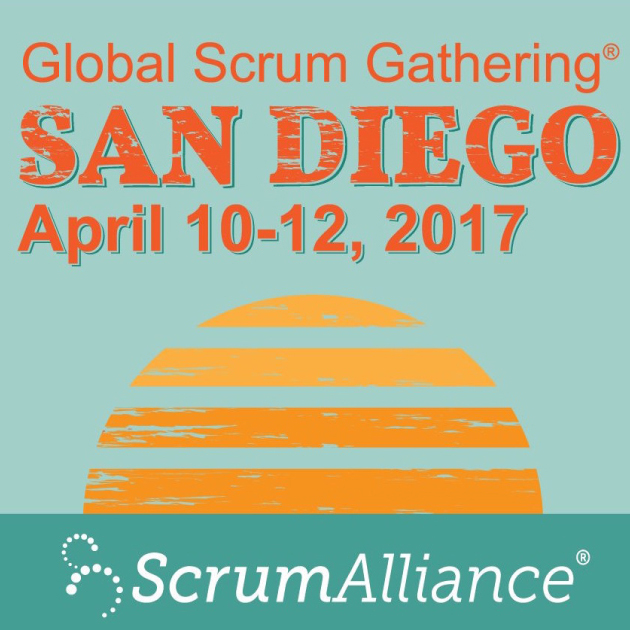
2017 Global Scrum Gathering San Diego
Organizational Catalysts: The Ebb and Flow of a Coach
Is the transformation stalled? Play Choose Your Own Adventure to discover your options when your coaching effectiveness has been poisoned.
As agile coaches and ScrumMasters, our purpose is to help people, teams, and organizations transform the way they think about their work and how they function as an organization. Our role serves as a catalyst in these transformations, asking questions and inspiring clients to create their own new thinking.
When added to a new or already existing agile transformation, a coach’s mission is to increase the speed of a transformation and decrease the amount of overall energy required for the transformation. However, catalysts (whether chemicals or coaches) can occasionally be inhibited, deactivated, or destroyed by secondary reactions. It is important that coaches remain vigilant to recognize the risk of this, and prevent it.
Knowing when you, as a catalyst, have been inhibited is one of the many coaching skills necessary to ensure that your agile transformations continue to evolve.

Calgary Agile User Methods Group
Agile Lighthouse: Building the Right Culture Can Save Your Agile Transformation
Use Mission, Vision, and Values to build a healthy agile culture you can lean into when the tide rolls.
There is frequent discussion about how a healthy agile culture is imperative to the agile transformation, but how do we develop or grow that culture with intention? This talk discusses how the development of a Mission, Vision, and Values statement can become the foundation for a healthy agile culture, and a lifesaver when the going gets tough. Using real world examples from software and the classroom, I will discuss how Mission, Vision, and Values are the first step toward creating organizational alignment that is necessary to enable agility and the self-organization of teams. I will also talk about how we can lean into that culture (instead of our old habits!) when teams are struggling, deadlines are looming, or we feel like we are sinking in the face of criticism or doubt.

